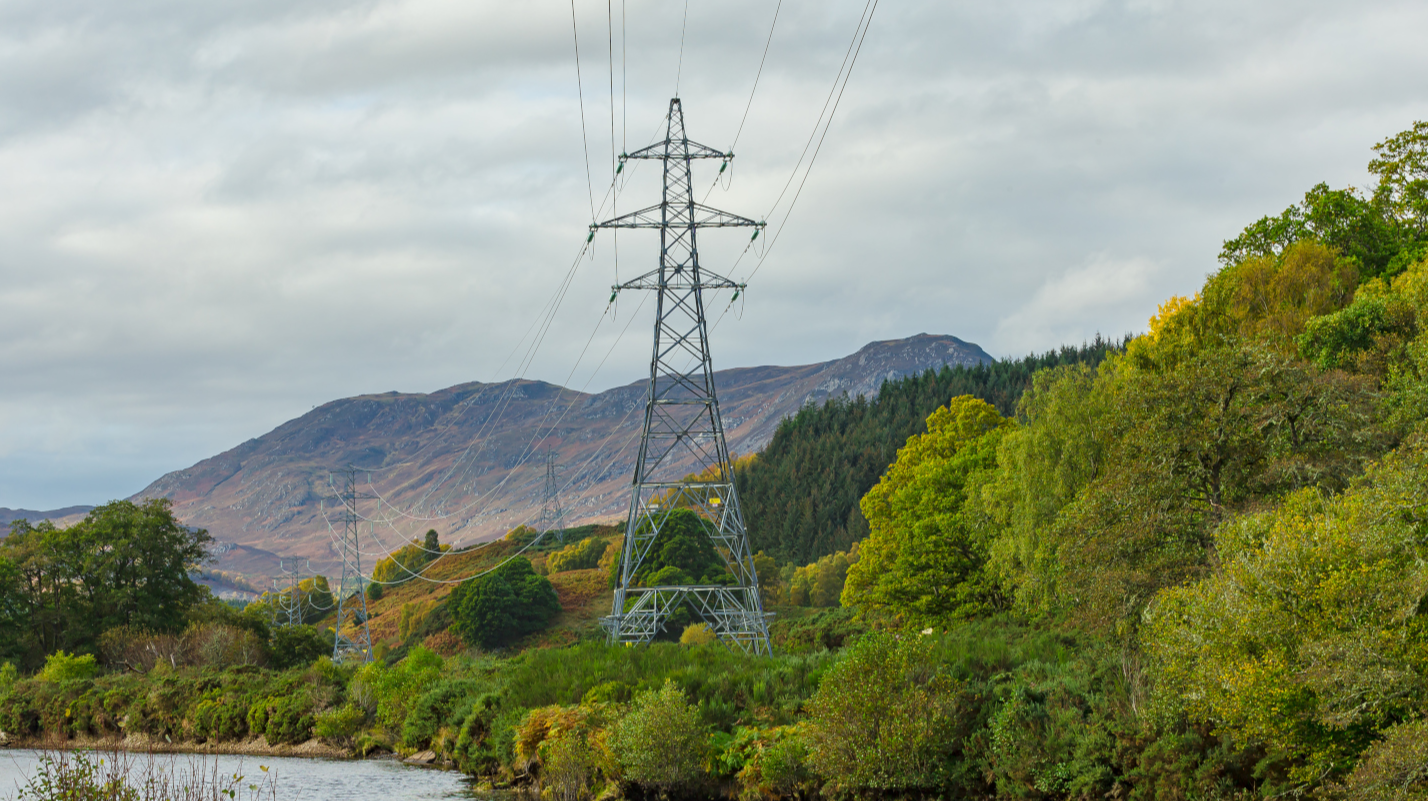Dive Brief:
- The U.S. storage industry installed the most capacity in Q3 2023 than in any quarter to date, bringing 7,322 MWh of storage online during this period, according to the American Clean Power Association and Wood Mackenzie’s U.S. Energy Storage Monitor report.
- Third-quarter installations could have been much higher, but roughly 80% of the projects expected to come online in this quarter were delayed, according to Vanessa Witte, a senior research analyst with Wood Mackenzie’s energy storage team. The report takes into account all kinds of energy storage — except pumped hydro — which is predominantly lithium-ion batteries.
- Multiple factors could have contributed to these delays, including issues with commissioning, testing and construction; challenges with procuring transformer and substation equipment; and interconnection queue delays or permitting issues, Witte said.
Grid-scale storage installations increased 27% quarter-over-quarter, reaching 6,848 MWh, according to the report. The total volume of energy storage installed between Q1 and Q3 of this year now totals 13,518 MWh — already higher than the 11,976 MWh built for the entirety of 2022.
“This industry will serve as the backbone of our modern grid. As we continue to build a strong domestic supply chain, streamlined permitting and evolving market rules can further accelerate the deployment of storage resources,” Frank Macchiarola, chief policy officer at ACP, said in a statement.
California and Texas are two of the largest markets for energy storage in the U.S. In the former, aggressive state policies, including reliability mandates, are driving the growth of the sector, Witte said. In Texas, meanwhile, market volatility can bring high revenue returns for operators who dispatch batteries efficiently, she added.
In total, though, some 80% of the projects in the pipeline for Q3 have ended up delayed.
The Q3 pipeline was large to begin with, partly because projects expected to come online earlier in the year were delayed, according to Witte. Additional delays can be attributed to multiple factors. For projects already under construction, delays tend to be due to issues like commissioning and testing. Early-stage projects, however, can be delayed because of interconnection queue delays, permitting issues, or contract offtake issues, she said.
“There’s a lot of pieces that need to come together in those first few years of development,” Witte said.
Other factors that have caused issues for storage developers include shortages of transformer and substation equipment, as well as the rising cost of capital, according to Witte.
Despite the delays, developers are still optimistic and moving forward, but will need to think about their pipeline and development processes a little differently, she added — for instance, by being choosier about which projects they can really continue with.
“They are definitely still moving forward, building a pipeline [of projects] — I think they just need to do it a little differently than maybe how they were doing it last year and the year before,” Witte said.
The national residential storage segment installed 166.7 MW and 381.4 MWh in Q3, a 29% increase in megawatts over the previous quarter. A large portion of this increase occurred in California, which nearly doubled installed residential storage capacity with additions of 78.4 MW. The report estimates that the residential storage segment will double between 2023 and 2025.
The community, commercial, and industrial — or CCI — storage segment, on the other hand, shrunk by 7% this quarter, only adding 30.3 MW and 92.9 MWh of storage. This was partly due to interconnection queue issues and the lack of state policy incentives, according to the report.
The CCI segment is expected to double in 2024, in part because of California’s community solar and storage program, Hanna Nuttall, a research analyst with Wood Mackenzie’s energy storage team, said in a statement.
 Pages you might like
Pages you might like








 Latest information
Latest information
 Follow official account
Follow official account
 Online support
Online support
 鄂ICP备2022017323号
鄂ICP备2022017323号
 鄂公网安备 42018502006493
鄂公网安备 42018502006493
 Launch Exhibition
Launch Exhibition
 Release information
Release information



 Today's topic
Today's topic








